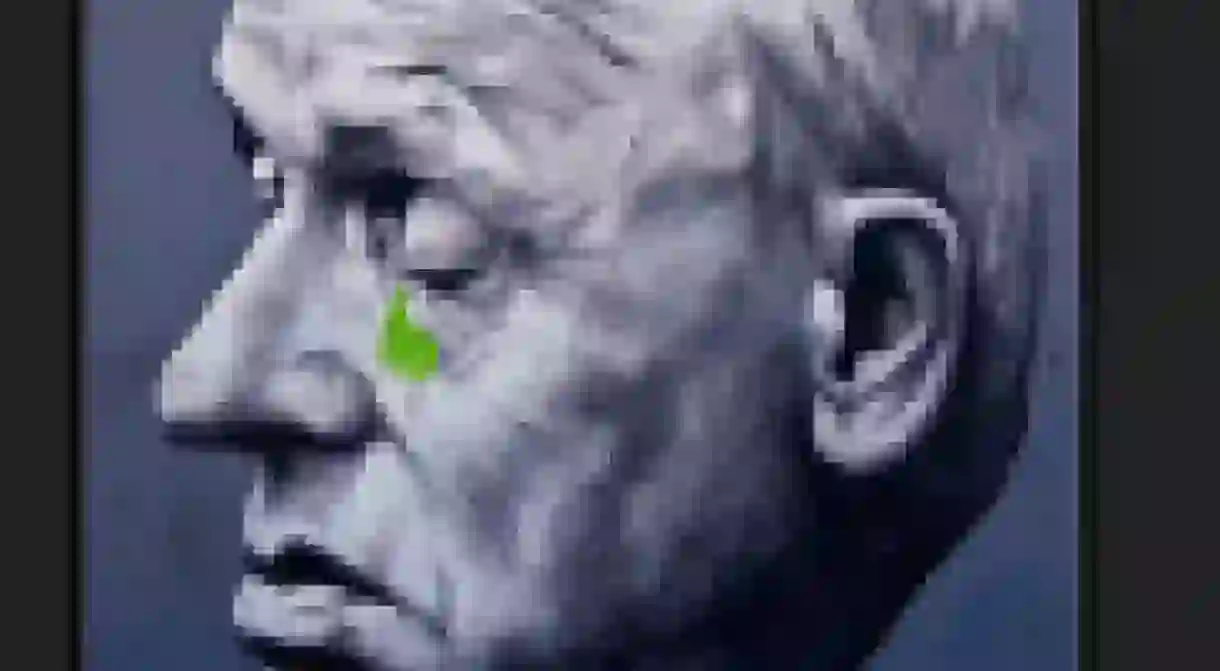5 Things You Should Know About Dmitri Vrubel: A Must Read Artist Profile

One of the most striking paintings the East Side Gallery of the Berlin Wall displays Soviet leader Leonid Brezhnev in what appears to be a passionate kiss with the East Germany President Erich Honecker. Originally painted by Russian artist Dmitri Vrubel in the 1990s, ‘The Kiss’ (or ‘the Kiss of Death’) was restored several decades later again by the artist himself.

Whether you choose to take the mile-long walk up and down the Berlin Wall East Side Gallery and kiss in front of ‘The Kiss’ or not, here are 5 things you should know about the creator of this iconic painting – Dmitri Vrubel.The man, the visionary, the artist – Dmitri Vrubel, was born in 1960 in Moscow into the family of engineers. Vrubel started painting when he was a teenager. In his 20s, he joined the Union of Artists and some years later he had already opened his own gallery, named after him. Vrubel has since had numerous solo and group exhibitions around the world, and still lives in Berlin today.
In 1990, after his wife had left him, he devoted himself to art and arrived in Berlin to start his career by street painting. He had just turned 30 and little did he know then, that in this same year he would paint his provocative masterpiece on the Berlin Wall, one of his most memorable and iconic paintings even today.
Vrubel originally named the painting “My God, help me to survive this deadly love” (“Mein Gott, hilf mir, diese tödliche Liebe zu überleben” or “Господи! Помоги мне выжить среди этой смертной любви” in German and Russian respectively”), which is why it is also known as the ‘Kiss of Death’ or the ‘Brother Kiss.’ To many people’s surprise, ‘the Kiss’ refers to a real kiss between Brezhnev and Honecker, photographed in 1979 by French photographer Régis Bossu, honoring the 30th anniversary of the German Democratic Republic. It could hardly be said which has been more criticized – the photograph or the painting, but it is a definite fact that producing the image on the Berlin Wall has made a permanent historical stamp on culture.

In the early 2000s, artists were invited to restore their works on the East Side Gallery. Many of them refused, but not Vrubel. He was among the ones who agreed to recoat their paintings with fresh paint. Without those art pieces remaining on the Berlin Wall, the site may not carry the same cultural and historical meaning as it currently does.

Vrubel has often been a subject to criticism by the public. With his free-from-constraint way of living – painting, writing poetry and drinking in his Berlin apartment studio and galley, he seems to be a Bohemian artist living in the wrong age. His art too is subject to scrutiny – provocative, sometimes political, often misunderstood by those who don’t know, or disagree with the artists’ aims and inspirations. Vrubel really wanted to represent his undying love (and fear) of Russia and Russian people, and gain publicity through and for his art, which he did in a remarkably controversial way.
So the next time you come across Dmitri Vrubel in name or through the restored ‘Brotherly Kiss’ on the East Side Gallery of what is left of the Berlin Wall, you now have a little more knowledge about the iconic artist and his painting.
By Desislava Goranova













